Discovering Diversity: A Journey through Philippine Dialects
Philippine dialects, where each region unveils its unique language and cultural heritage. From Tagalog to Cebuano, uncover the rich array of languages that define the Philippines' linguistic landscape.
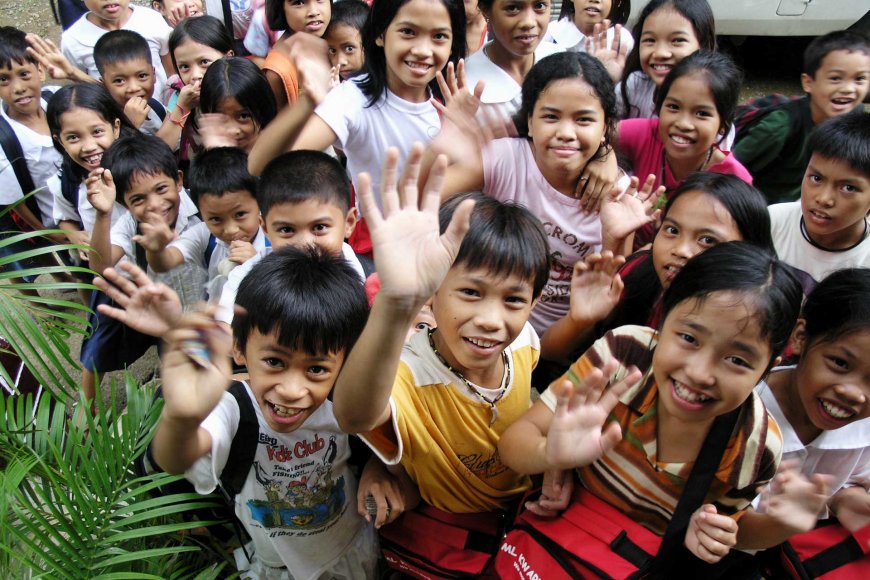
The Rich Diversity of Languages Across the Archipelago
The Philippines, an archipelago of over 7,000 islands, is not only a melting pot of cultures but also a mosaic of languages and dialects. This linguistic diversity is a testament to the country's complex history and geographical landscape, influencing the development of various tongues across its regions.
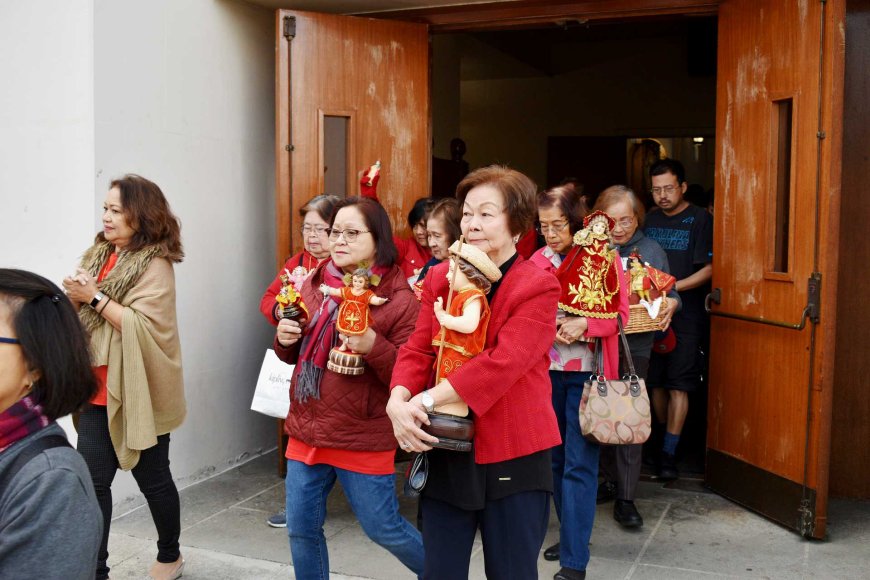
Understanding Dialects vs. Languages
Before diving into the specifics, it's essential to clarify the distinction between languages and dialects. In linguistic terms, a language is a distinct system of communication with its own grammar, vocabulary, and structure. Dialects, on the other hand, are variations of a language spoken in a particular region or by a specific group, differing mainly in pronunciation, vocabulary, and sometimes grammar.
In the context of the Philippines, while there are numerous dialects, many are actually considered as distinct languages due to their significant differences from Filipino (Tagalog), the national language.
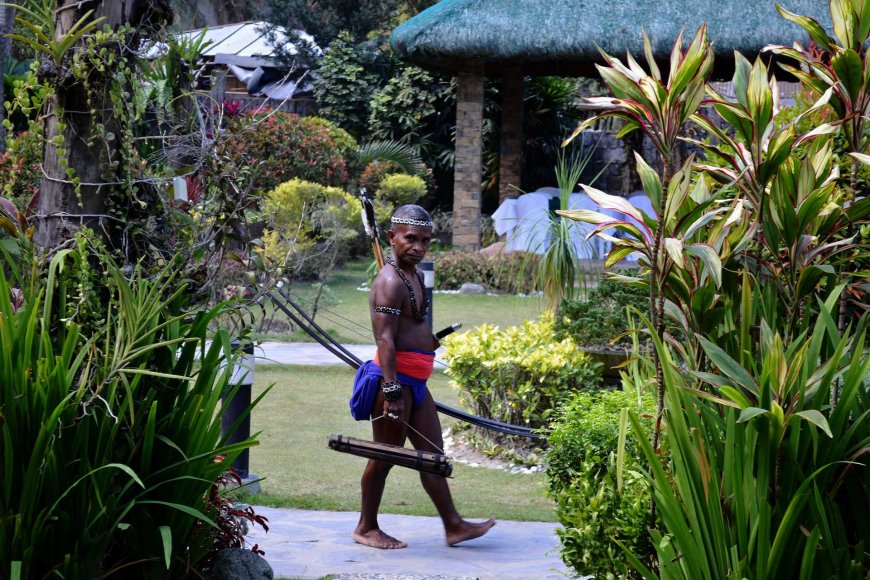
How Many Dialects Are There in the Philippines?
Pinpointing the exact number of dialects in the Philippines can be challenging due to the country's diverse linguistic landscape. The Philippines officially recognizes eight major languages, each with numerous dialects and variations. These major languages are Tagalog, Cebuano, Ilocano, Hiligaynon (Ilonggo), Bicolano, Waray, Kapampangan, and Pangasinense.
Beyond these major languages, there are over 170 indigenous languages and dialects spoken throughout the islands. These indigenous languages are often specific to certain ethnic groups and communities, reflecting the Philippines' rich culture.
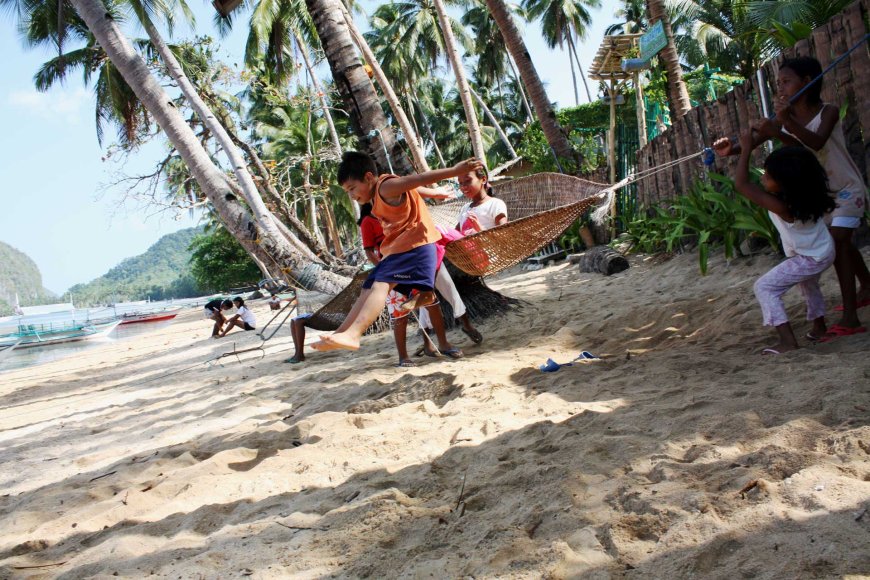
Major Languages and Dialects
- Filipino (Tagalog): Filipino serves as the national language and is based on Tagalog, spoken primarily in the Luzon region. It serves as a lingua franca across the Philippines.
- Cebuano: Cebuano, also known as Bisaya or Visayan, is spoken in the Visayas and Mindanao regions. It is the second most spoken language in the Philippines.
- Ilocano: Predominantly spoken in Northern Luzon, particularly in the Ilocos Region, Ilocano is known for its distinct phonology and vocabulary.
- Hiligaynon (Ilonggo): Spoken mainly in the Western Visayas region, Hiligaynon is notable for its musical cadence and influence from Spanish.
- Bicolano: Native to the Bicol Region in Luzon, Bicolano exhibits unique grammatical structures and vocabulary, heavily influenced by local indigenous languages.
- Waray-Waray: Commonly spoken in the Eastern Visayas region, Waray-Waray is known for its straightforward grammar and rich oral tradition.
- Kapampangan: Hailing from Central Luzon, particularly Pampanga, Kapampangan is characterized by its use of infixes and extensive borrowing from Spanish.
- Pangasinan: Indigenous to Pangasinan province in Luzon, Pangasinan features a distinct phonology and a strong influence from neighboring languages.
- Tausug: Spoken in the Sulu Archipelago in Mindanao, Tausug is part of the wider Moro languages and is known for its Arabic influence.
- Chavacano: Unique to the Philippines, Chavacano is a Spanish-based creole spoken in pockets of Mindanao and the Zamboanga Peninsula.
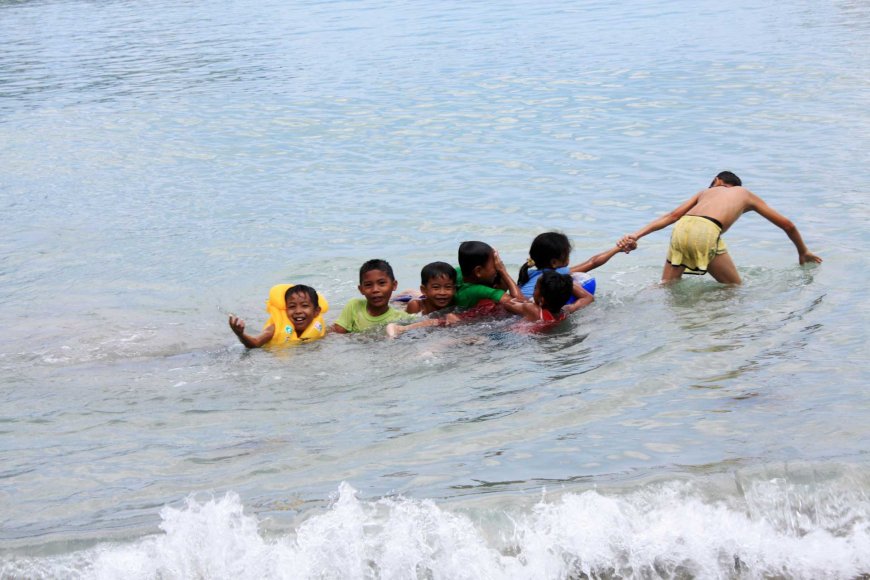
Significance and Challenges
The diversity of dialects in the Philippines reflects its cultural richness and historical evolution. Each language or dialect carries with it a unique identity, shaped by centuries of interaction with various cultures, including Malay, Chinese, Spanish, and American influences.
However, this linguistic diversity also poses challenges, particularly in communication and education. While Filipino serves as a unifying language, many Filipinos grow up speaking their regional dialects at home. This can lead to variations in proficiency in Filipino and English, the latter being the language of instruction in many schools.
Efforts to promote bilingual education, where students learn both Filipino and their regional language, are ongoing. These efforts aim to preserve cultural heritage while ensuring national unity and effective communication across the diverse regions of the Philippines.
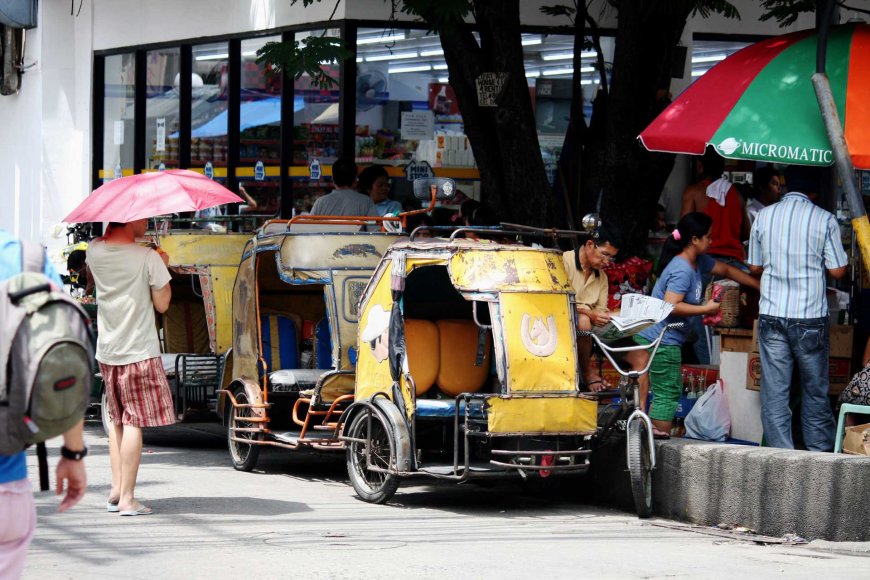
Preserving Philippine Dialects for Cultural Heritage
Each dialect in the Philippines carries with it a wealth of cultural heritage and history. These languages are not merely modes of communication but also repositories of indigenous knowledge, traditions, and identity. The preservation of these dialects is crucial in maintaining the country's cultural diversity and promoting inclusivity among its various ethnic groups.
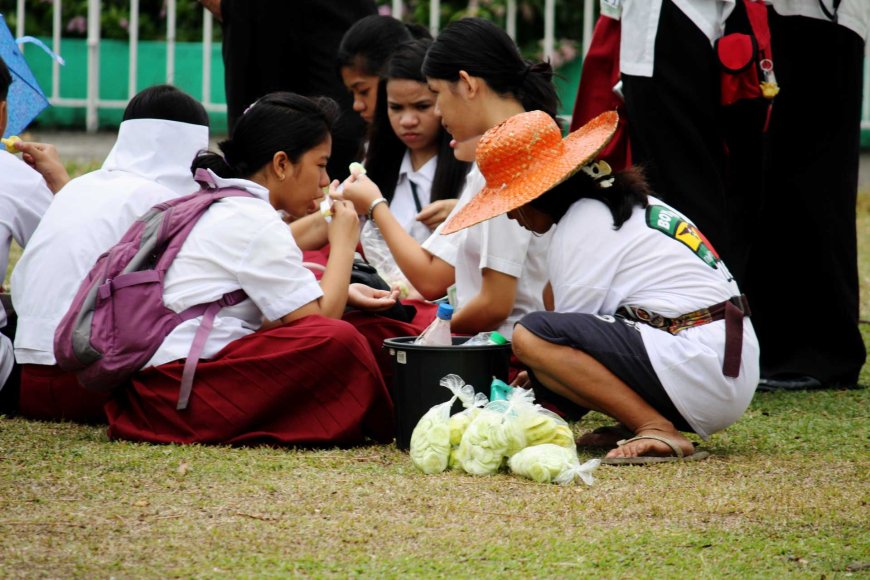
Efforts to preserve Philippine dialects include educational initiatives, cultural festivals, and documentation projects aimed at recording oral histories and linguistic nuances. Organizations such as the Komisyon sa Wikang Filipino (Commission on the Filipino Language) play a pivotal role in standardizing and promoting these languages alongside Filipino.
The dialects of the Philippines exemplify the country's rich cultural diversity and historical complexity. From the bustling streets of Manila to the serene shores of Mindanao, each region contributes to the vibrancy of Philippine languages. As the country continues to evolve, so too does its linguistic landscape, with dialects serving as a testament to the resilience and diversity of its people.
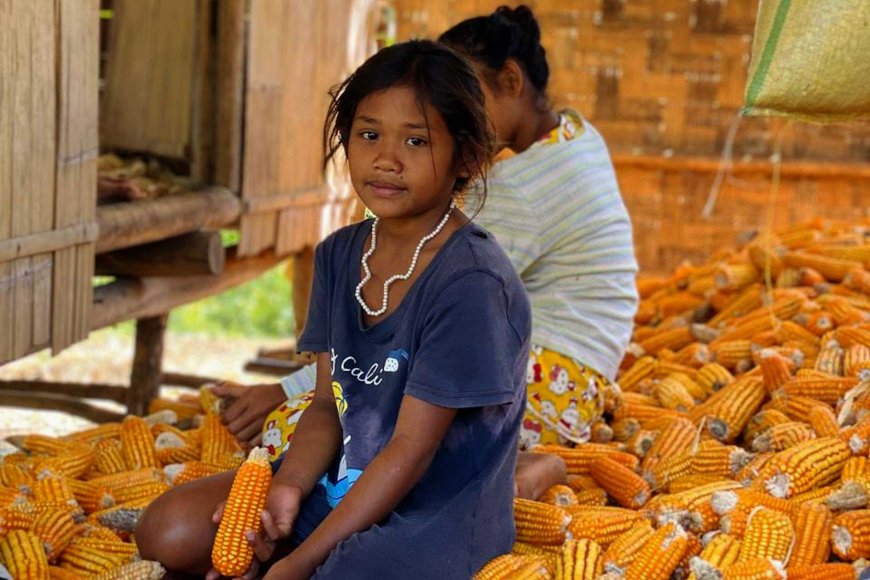
Find Cheap Flight Tickets to any Destinations in Japan and the Philippines
Nipino.com is committed to providing you with accurate and genuine content. Let us know your opinion by clicking HERE.































































